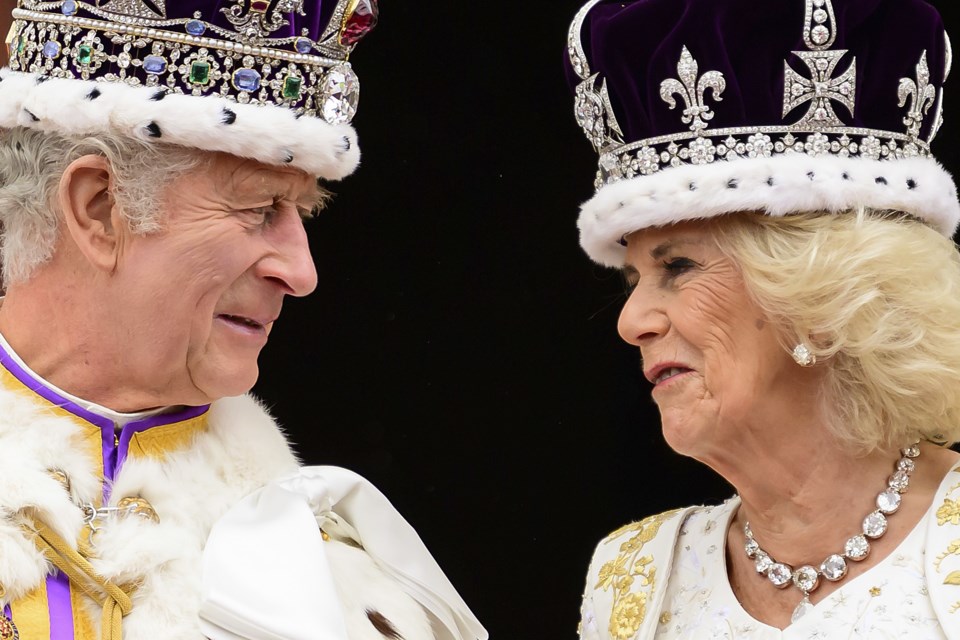LONDON (AP) ā Being there is better.
I didnāt see much of the and neither did many of the 2,300 or so other guests inside Westminster Abbey. We were too far away, or were seated behind the choir, or had our view blocked by a guardsman in a plumed helmet. But we heard it ā and felt it ā in a way that just wasnāt possible for those watching on television.
It was in the moment the choir, organ and orchestra blasted out āZadok the Priest,ā Handelās coronation anthem, so boldly that it startled me even though I knew it was coming. It was in the gusto with which the congregation shouted āGod save the king!ā after Charles was crowned. And it was in the joyous fanfare blown by trumpeters in the balcony where just a few months ago bid farewell to Charlesā mother, Queen Elizabeth II.
This was a for Charles and his supporters, a stark contrast to the day in September when the nation mourned the death of a queen who had reigned for 70 years.
But there was also a sense of the torch being passed in the place where the kings and queens of England have been crowned for 1,000 years. The chance to be part of that history made it special to be inside the abbey, said Barbara Swinn, a librarian from York who was invited because she was awarded a British Empire Medal for services to her community.
āI also got emotional when they did āZadok the Priest,ā and I suppose itās because it was reminiscent of Elizabeth II,ā she said. āWhenever they talked about her coronation, they played that, and I just thought there was that sense of continuity. It just sort of gave me goosebumps.ā
I didnāt earn my place in the abbey through community service. Iām just a reporter who occasionally gets the chance to witness history.
But my own goosebumps began the moment I walked in and was herded to my āvision obstructedā seat more than three hours before the service began.
The church was awash with flowers, and it smelled like a garden after a soft spring rain. The space above the high altar looked like a wildflower meadow.
Everywhere there were reminders of the medieval roots of this ceremony, alongside Charlesā efforts to make it more reflective of modern Britain.
Lords and ladies in ceremonial robes, judges in their wigs and soldiers with medals pinned to red tunics filed in alongside in spring shades and men in suits and kilts.
As the trumpeters' fanfare rang out from the balcony, we knew the king and queen were arriving. But I wouldnāt have seen them if I hadnāt glanced at the giant TV screen mounted over the nearby tomb topped by a sculpture of a reclining nobleman.
I finally caught a glimpse of Charles, his head at least, when he faced each corner of the congregation and was presented as Britainās āundoubted king.ā Later there was a flash of purple velvet as the crown was placed on Queen Camillaās head.
But that was about all anyone in my corner of the abbey could see. Even so, Kim Beck wouldnāt have missed the opportunity to be there.
Beck, a teacher who helps refugees from Afghanistan, was awarded a British Empire medal for services to education. But she didn't think she was something special and was surprised to be invited.
The service, she said, was spectacular.
āI was struggling to sing the national anthem,āā Beck said. āIt was really emotional.āā
I understand why she feels that way.
___
Danica Kirka is an Associated Press writer based in London.
___
Follow APās coverage of King Charles III at
Danica Kirka, The Associated Press



